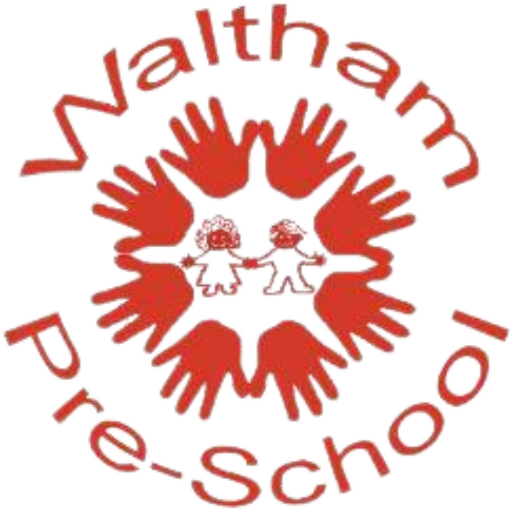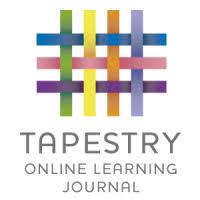Throughout the children’s time with us we will follow the Department For Education’s Statutory Framework for the Early Years Foundation Stage (EYFS), working towards the Early Learning Goals.The EYFS sets standards for the learning, development and care of children from birth to 5 years old.
Our pre-school works hard to meet the Early Learning Goal targets set for children to achieve at the end of the Foundation Stage. More information on the Early Years Foundation Stage can be found here EYFS .
The Early Learning Goals aim to give children experience in seven key areas of educational development.

